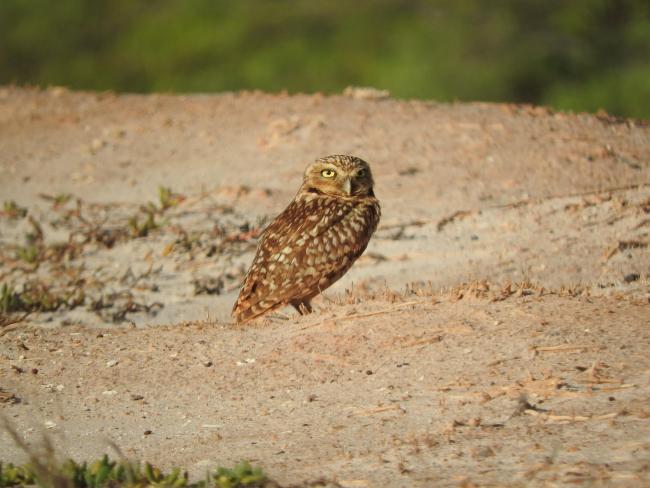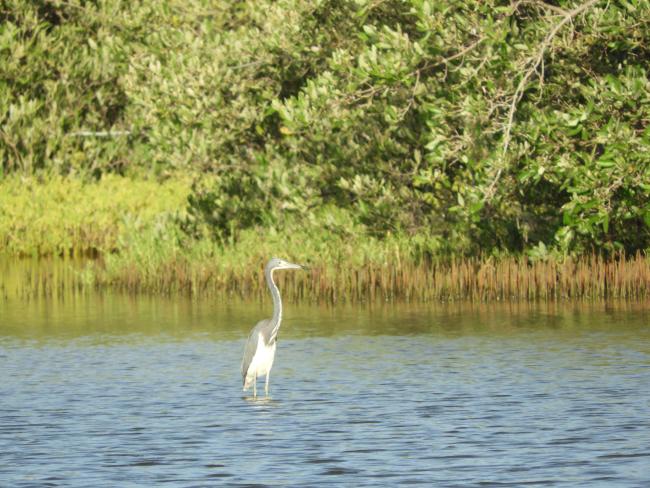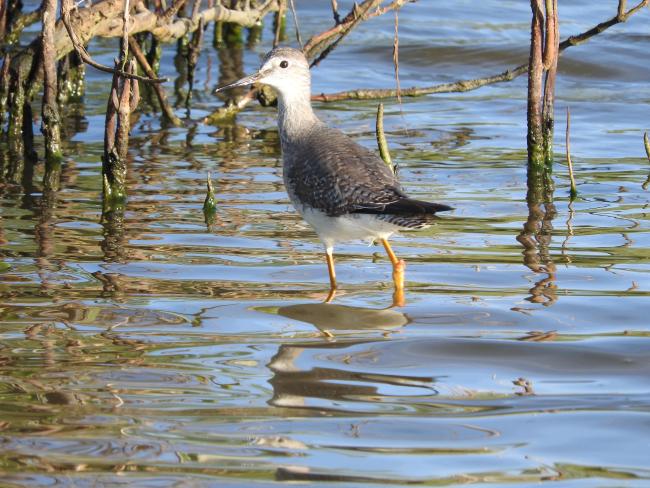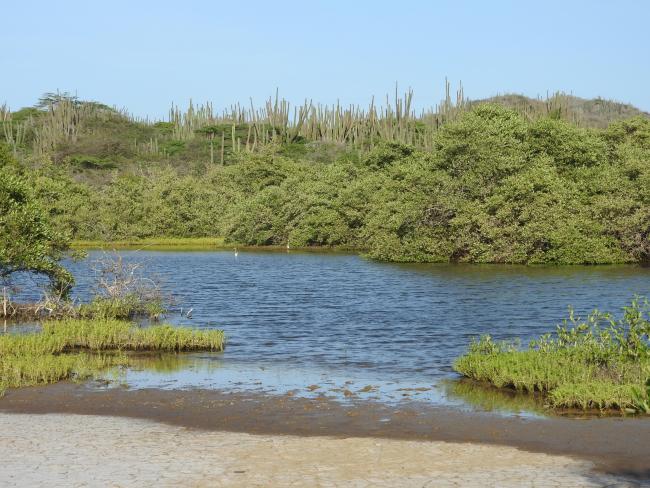Spanish Lagoon
Spanish Lagoon
- Country:
- Netherlands (Kingdom of the) (Aruba)
- Site number:
- 198
- Area:
- 259.0 ha
- Designation date:
- 23-05-1980
- Coordinates:
- 12°28'53"N 69°58'06"W
Carousel
CarouselMaterials presented on this website, particularly maps and territorial information, are as-is and as-available based on available data and do not imply the expression of any opinion whatsoever on the part of the Secretariat of the Ramsar Convention concerning the legal status of any country, territory, city or area, or of its authorities, or concerning the delimitation of its frontiers or boundaries.
The Site is one of the largest natural inland bays in the Caribbean; it was extended in 2023 from 90 to 259 hectares, to include the central wetland’s water catchment. The lagoon is fringed by tidal mudflats and well-developed mangroves and has a narrow coastal inlet about two kilometres long and between 200 and 500 metres wide. The Site provides important nursery habitat for many species including reef fish, crustaceans and birds. The globally vulnerable hogfish (Lachnolaimus maximus), Cubera snapper (Lutjanus cyanopterus) and Atlantic tarpon (Megalops atlanticus) use it as a nursery. The Aruba island rattlesnake (Crotalus durissus unicolor) is a resident. The Site provides fish to local communities; it is used for birdwatching, hiking, and snorkeling; while its mangroves sequester carbon and serve as a breakwater which protects the coast. In 2017 mangrove habitats and additional feeding and breeding areas for birds and fish were restored and created, and in 2023 sediment traps were installed. Recreation and tourism activities have increased in recent years within the Site; some correcting measures (improved signage, communication and awareness raising of tourism agencies) are identified in the current Site management plan.
- National Park - Aruba National Park
- NL198RIS_2311_en.pdf
- NL198_map230622.pdf
- NL198_taxo210429.pdf






